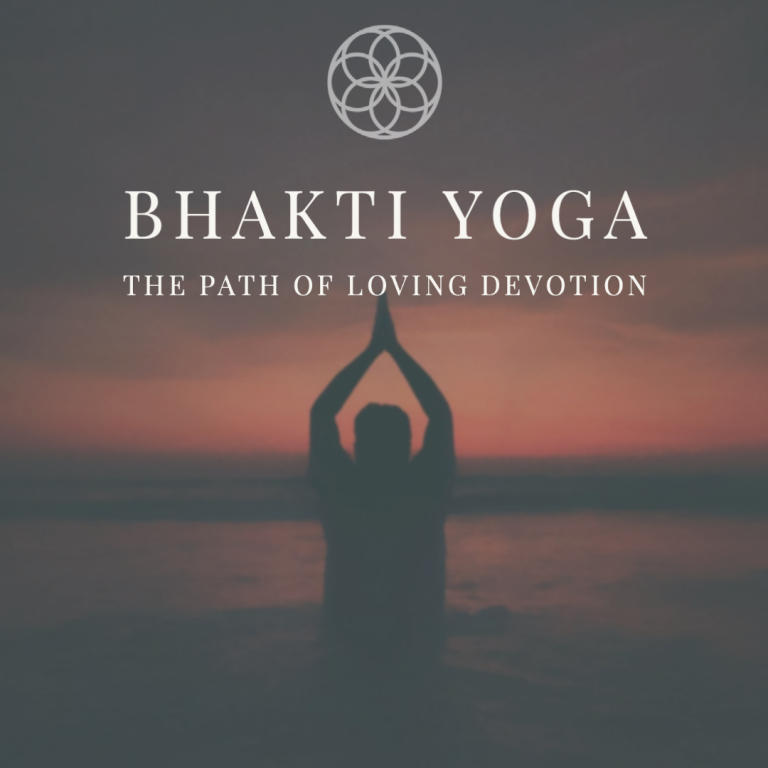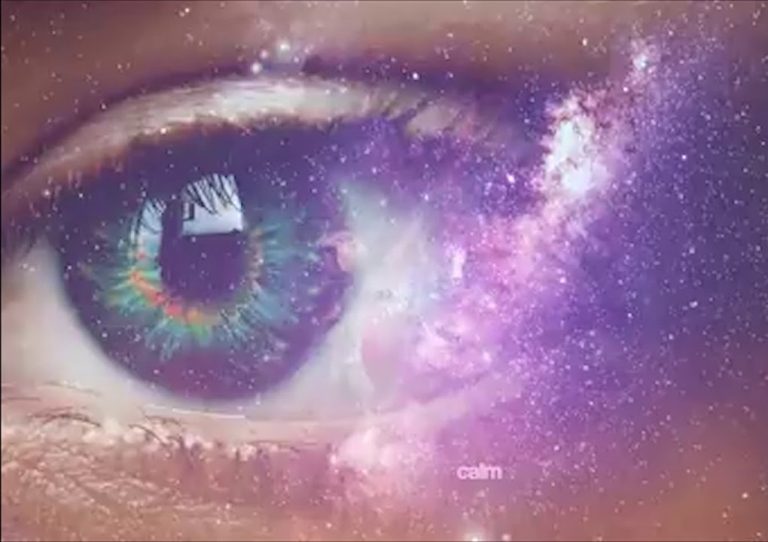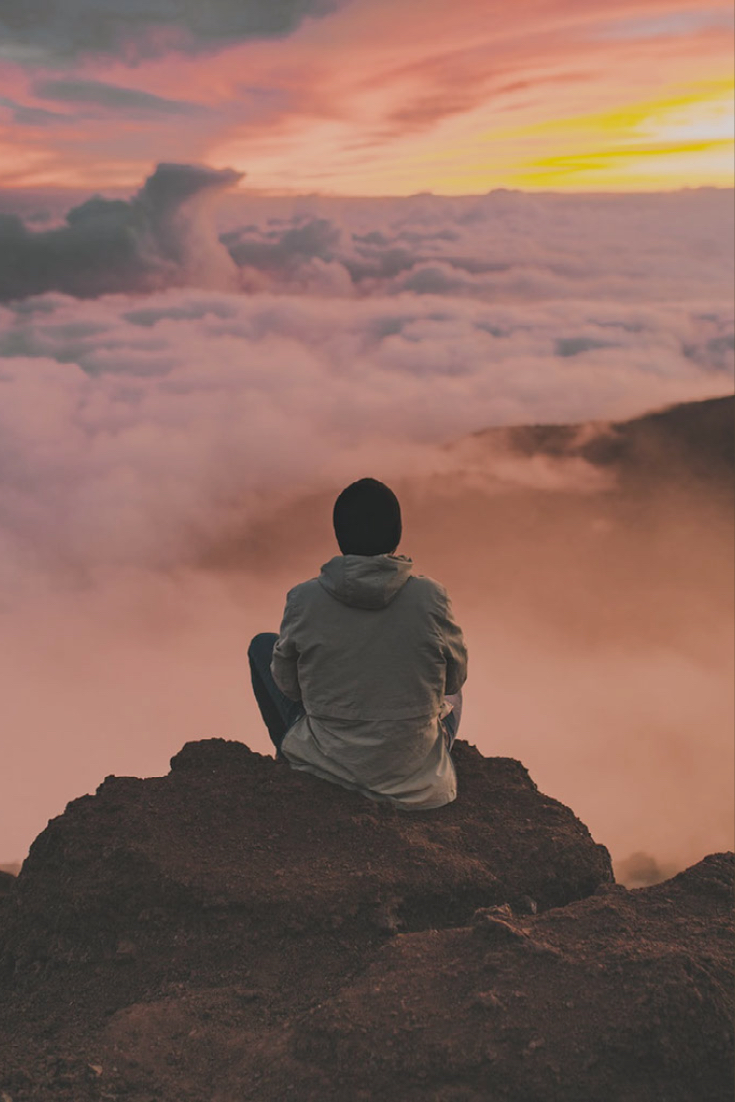
Ever since I’ve visited Rishikesh, one thing that stuck with me is the picture of the wandering sadhus at the banks of the Ganges River. Dressed in nothing more than an orange cloth. Silently meditating and seemingly unbothered by the hustle surrounding them.
‘Sadhu’ is Sanskrit and translates as ‘good’ or ‘perfect’. People who are called Sadhus are people who live in perfect alignment with yogic philosophy and with nature. Meaning they remove themselves from society in total, by pronouncing themselves legally dead and spending the rest of their days in a secluded ashram or wandering through the Himalayas. Before doing so, they give up their name, ID card, and social security number. Some even go so far as to attend their own funerals as ceremonial initiation.
I consider myself a spiritual seeker, and I also announce ever so often that I am full of society’s ways and that I would like to leave them behind for good, as in ‘living lonely on a mountain hill or in the deep forests’ — At least for some time. But giving up my whole identity? Won’t there be a point of wanting to return? What makes people take such radical steps?
Society as we know it today sucks in many ways. The ongoing haste and constant pressure to achieve leaves many of us exhausted, unfulfilled, and with a deep longing for a greater purpose than simply to work. Even after achieving a successful life, the feeling of unfulfillment often stays and manifests as burnout, depression, or midlife crisis.
LIVING IN PEACE INSTEAD OF DYING FOR PEACE
Sadhus ask themselves a question which most of us rarely do;
Why do we have to wait for death before we can rest in peace? Can’t we live in peace too? Why do people feel like their only option to find peace is suicide? Where is this pressure coming from?
And how many of us are stuck in depression, unable to find meaning in life, despite comfortable living circumstances? Isn’t it odd how living peacefully seems to be a real challenge in a society as technologically advanced as ours?
Peace is more than just the end of wars and killing on the planet. It is utter stillness. Having a mind unmoved, unbothered by compulsive thoughts or hectic circumstances. Silently watching. Just being. This is what makes death seem so peaceful to us. It’s stillness. And it’s also why Sadhus prefer to be pronounced dead even before they actually leave their body. To find peace.
So since the answer to true happiness can’t be found in a system that equates material success as the highest achievable goal, maybe it’s time to look elsewhere. Maybe we can all learn something from these fierce monks who dedicate their whole existence to the search for freedom and peace.
LEAVING THE ILLUSION (MAYA) BEHIND
In the documentary “Beyond” a Sadhu who had left behind a life will a well-paying job said the following:
“Whatever you see in the world is an illusion. This Illusion will attract you. But it is not permanent, it will change!”
Yogis consider life to be nothing more than a dream, a divine play of energy which they call Leela. Anyone who has watched the matrix trilogy is familiar with that hypothesis. As of now, this theory can neither be proven nor excluded. Science suggests the chances are 50/50. Yogis however say, waking up from this illusion can be experienced through meditation by anyone who practices diligently.
“All the worlds a stage and all men merely players.” — Shakespear
It is said to be simple, but not easy to attain this existential realization. What keeps us trapped in this simulation, is what they call the Maya. A web of thoughts, hopes, dreams, and stories constructed by our mind to entertain us.
It consists not only of our own hopes and thoughts but also all those of the collective surrounding us. As a group of conscious individuals who are in a constant exchange of ideas and thoughts, we create a gigantic bubble of what we call truth. Our collective story. What we consider truth is nothing more than an idea which the majority of people agree upon. It’s more a concept than it is an existential reality.
These concepts blend us from seeing the truth as is it and the more we interact in that field of Illusion, the deeper we’ll get stuck. Lost in the story, the same way we get stuck on a Netflix series for three days, even though we wanted to watch only that short tiny episode. The Maya is entertaining. And addictive.
As Shivendra Misra pointed out:
“The truth is that our perception of reality is less to do with what’s out in the world and more to do with what’s inside our minds.” “ it is not possible to know everything about a situation if you’re in that situation. Meaning you must step out of the game to spot what’s really going on.”
FINDING TRUTH IN STILLNESS
Yoga might be considered a religion by some, that doesn’t do it justice though. Yoga is not about believing, it is about experiencing for yourself, which makes it a science in my opinion. Yogic teachings are an interwoven system of detailed practices all aiming towards self-realization.
The hidden truth is described as the realization of Satchidananda — the ever being, all-knowing, and steadily blissful nature of consciousness itself. Utter peace. The ultimate experience!
Sadhus are looking for the unchanging in a world of change, which is why they turn away from everything that is changing towards the only truth they find in themselves. In the stillness far away from society’s hectic ways.
“Enslaved and caged in the mind patterns
Liberation is within
While we spend a lifetime outside
Fenced in the stiff notions about life
They fail to explore authentic freedom”
— Ruchi Thalwal
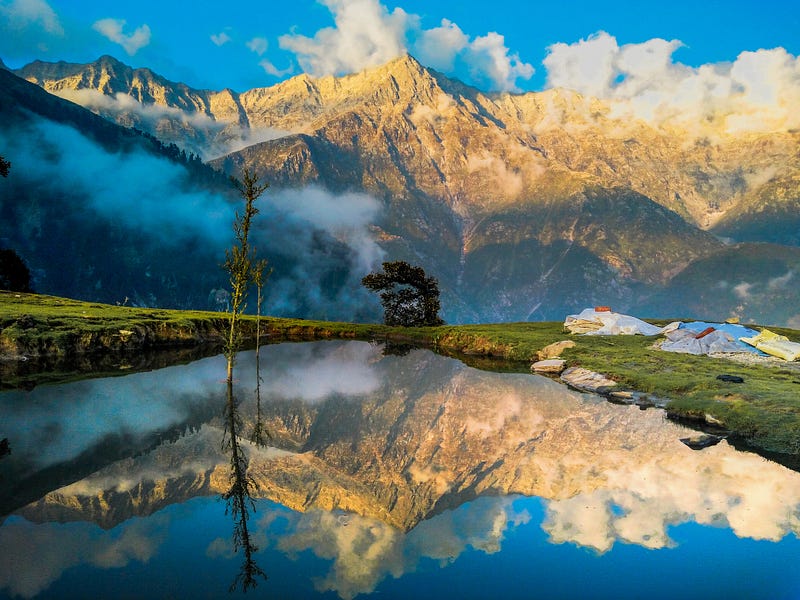
DROPPING THE FEAR OF DEATH
Death is only painful to those who haven’t truly lived. Any good project has to end at some point to make room for the next amazing thing. That is growth. It is also the cycle of life.
We are scared of death because we feel like it is hitting us too early, we haven’t started fully enjoying life yet. But what are we waiting for then? We watch our life go by, preparing for the right moment. Getting the right job, finding the right partner, getting a nice apartment. There is always a next thing to be striving for. Something to be achieved, before death hits us. When will we start living?
Stress is a consequence of a rushed mind. By becoming a nobody Sadhus give up the pressure of being someone.
“With nothing to do, you disappear — the ego disappears. With nothing to do, nothing to be, nothing to achieve — your whole identity evaporates. This is enlightenment. Then you’ll start a totally different way of life. You’ll start being playful. You’ll start being alive moment to moment. Nowhere to go. Whatever the life gives you accept it with deep gratitude. Grace happens to you. This is what I call to become a god.”
“Life is a purposeLESS play. Play of infinite forces. Beautiful if you don’t have an achievers mind. Ugly if you have ambitien — to become something, to be something, to do something. Relax, drop the future completely. Only this moment excists and this moment is eternity.”
— Osho
How much of our life do we live feeling alive? How much goes waste by us being mentally stuck in our worldly problems? How much time of our lives is spent in contentment, and how much in anxiety?
MY RISHIKESH EXPERIENCE
When I first came to Rishikesh I was looking for answers, wondering why life felt so pointless. I found not only the certainty that life was inherently pointless but also the freedom to take it playfully as a consequence. I stopped being serious, which might after all be the worst disease we face as a species. If life is here to entertain us, we might as well relax and start having fun with it, as we did when we were kids and before we became someone.
